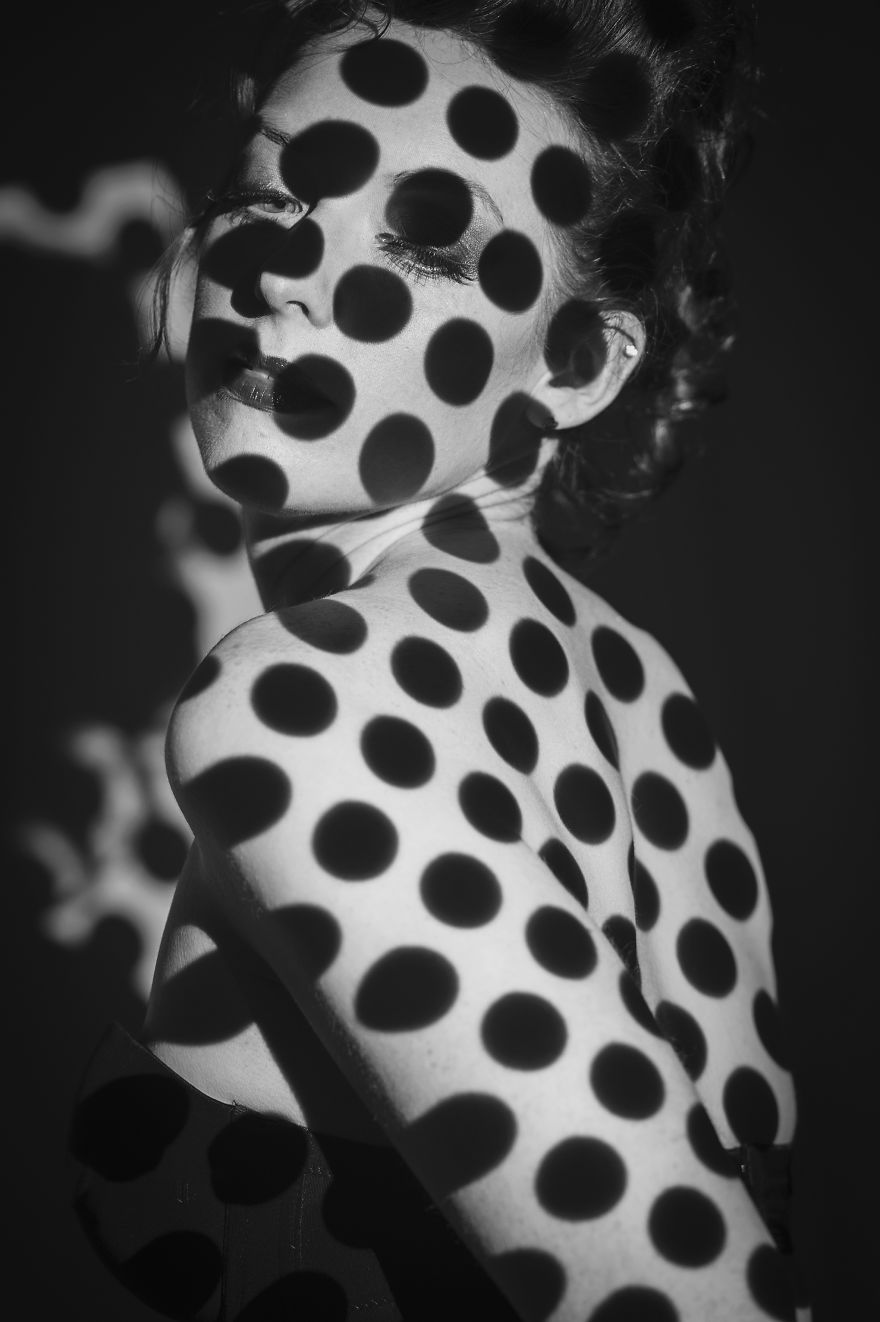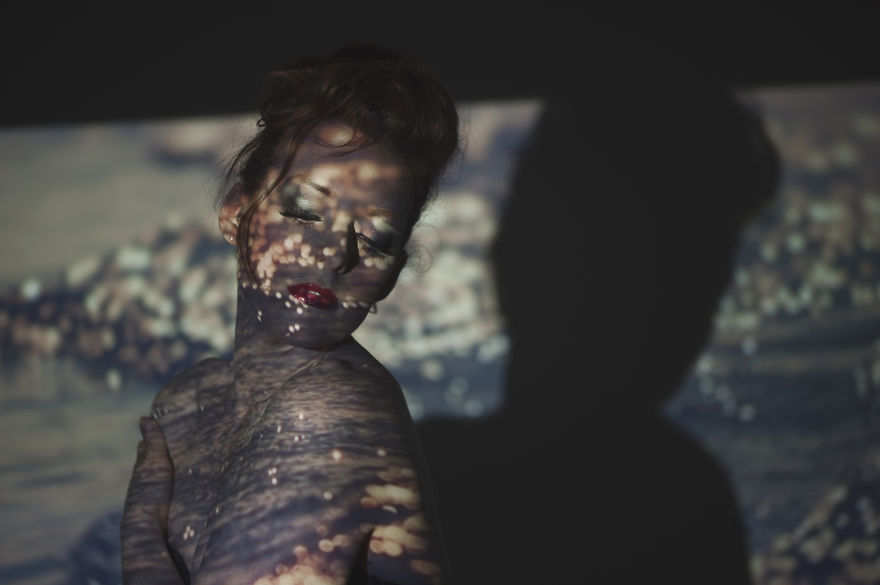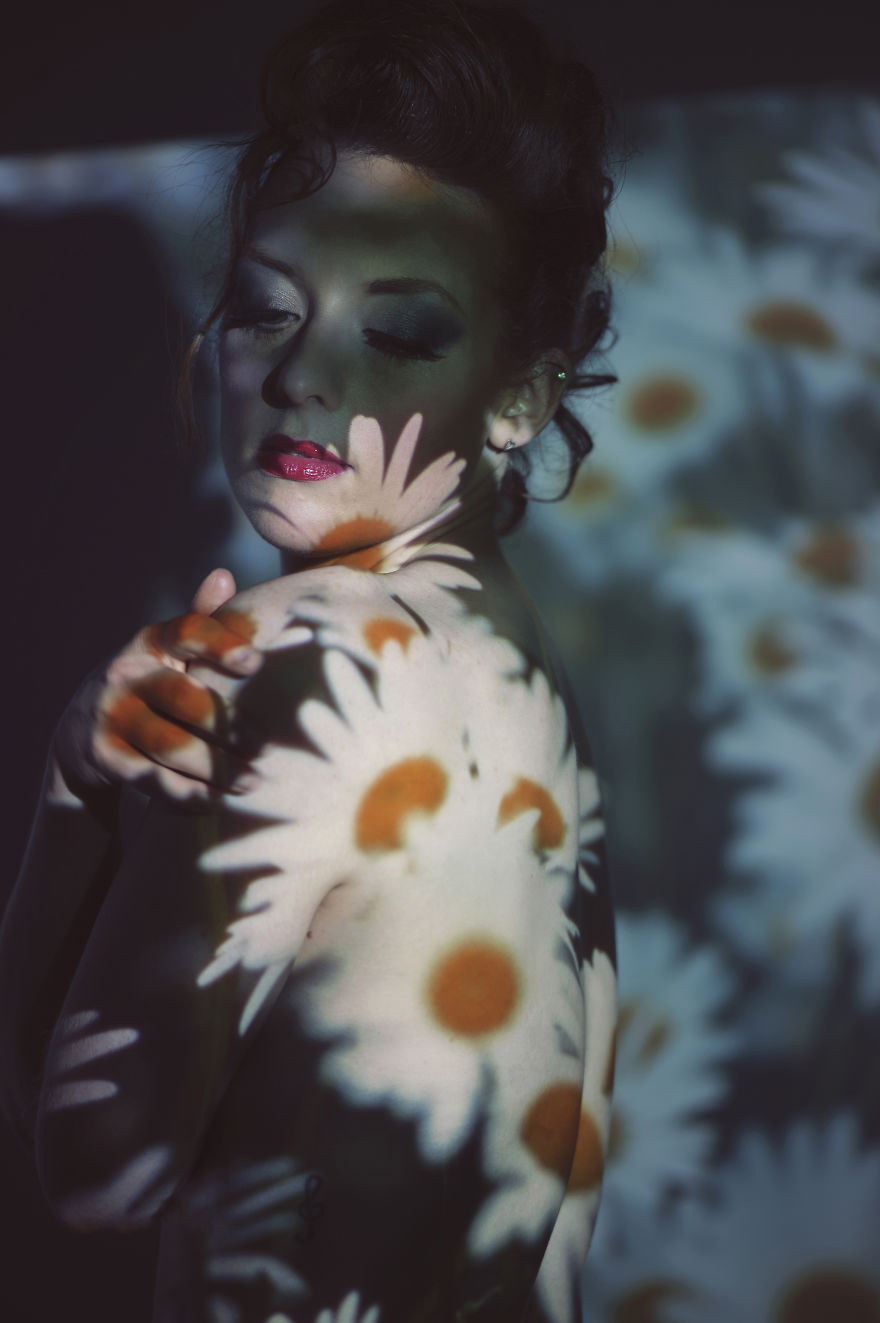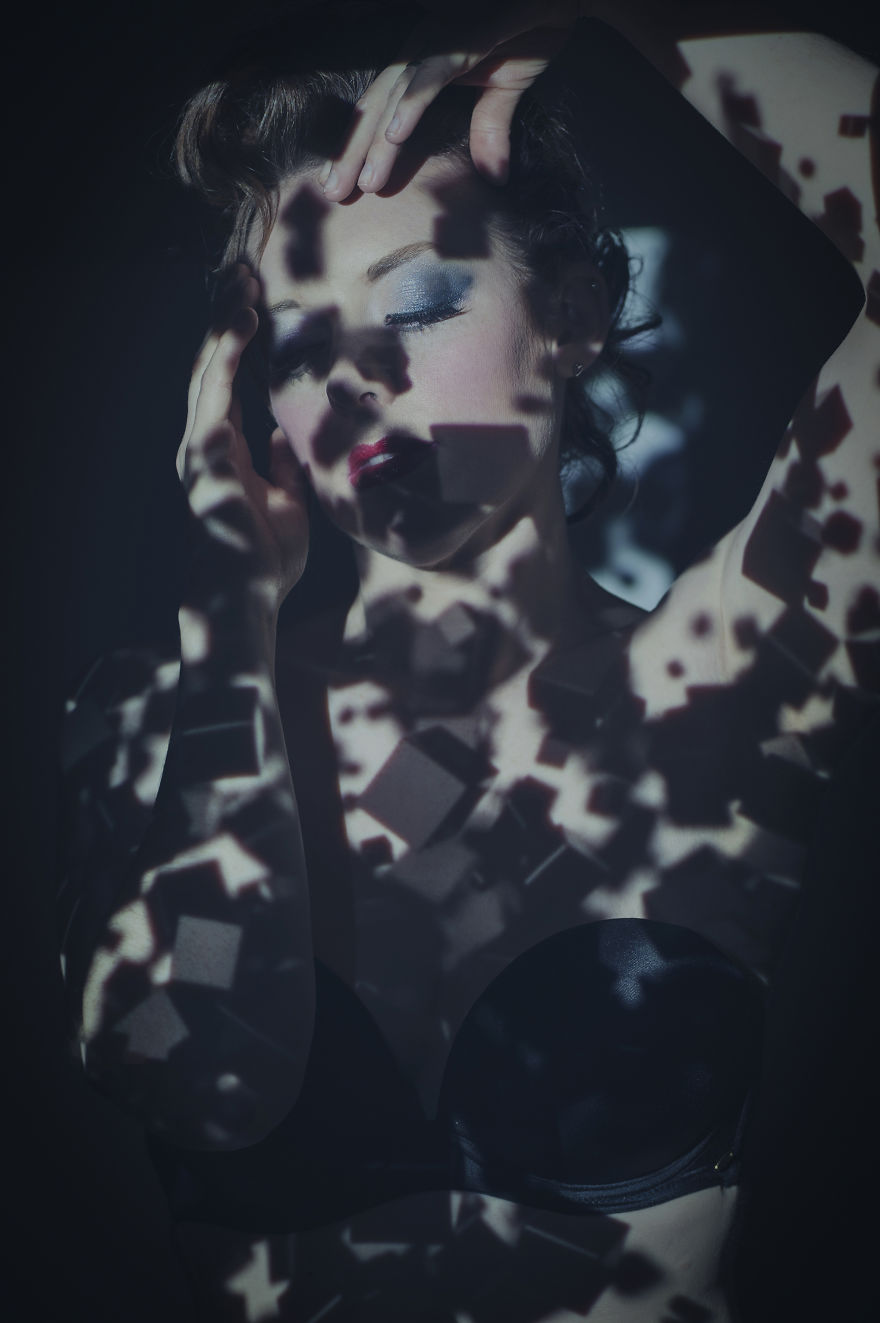2Kviews
Share on FacebookVery interesting, I believe youwill be intrigued by what I was doing in the early 1960's whilst using Kodachrome. My own invented technique was a unique form of 'Painting with Light' where the projected images were blended and manipulated with crystals, reflections, textures, and coloured filters. The images were not always projected onto a screen, and the chosen screen often became the subject of the picture; for example, I have photographed projected images; on a feather, a flower, a shell, a leaf, a butterfly wing, and even on to the edges of the pages of a book. Images can be blended too, by using more than one projector. See 'Special Effects - The Magic Lantern' at my website, which explains exactly how my award-winning photographs were created without computers, or any darkroom chemistry! My most famous picture was 'Spirit of Spring' - this was the first ever picture taken on Kodachrome, that included both a negative of a tulip, and a positive image of a girl's portrait,
Very interesting, I believe youwill be intrigued by what I was doing in the early 1960's whilst using Kodachrome. My own invented technique was a unique form of 'Painting with Light' where the projected images were blended and manipulated with crystals, reflections, textures, and coloured filters. The images were not always projected onto a screen, and the chosen screen often became the subject of the picture; for example, I have photographed projected images; on a feather, a flower, a shell, a leaf, a butterfly wing, and even on to the edges of the pages of a book. Images can be blended too, by using more than one projector. See 'Special Effects - The Magic Lantern' at my website, which explains exactly how my award-winning photographs were created without computers, or any darkroom chemistry! My most famous picture was 'Spirit of Spring' - this was the first ever picture taken on Kodachrome, that included both a negative of a tulip, and a positive image of a girl's portrait,

 Dark Mode
Dark Mode 

 No fees, cancel anytime
No fees, cancel anytime 



















































































21
2